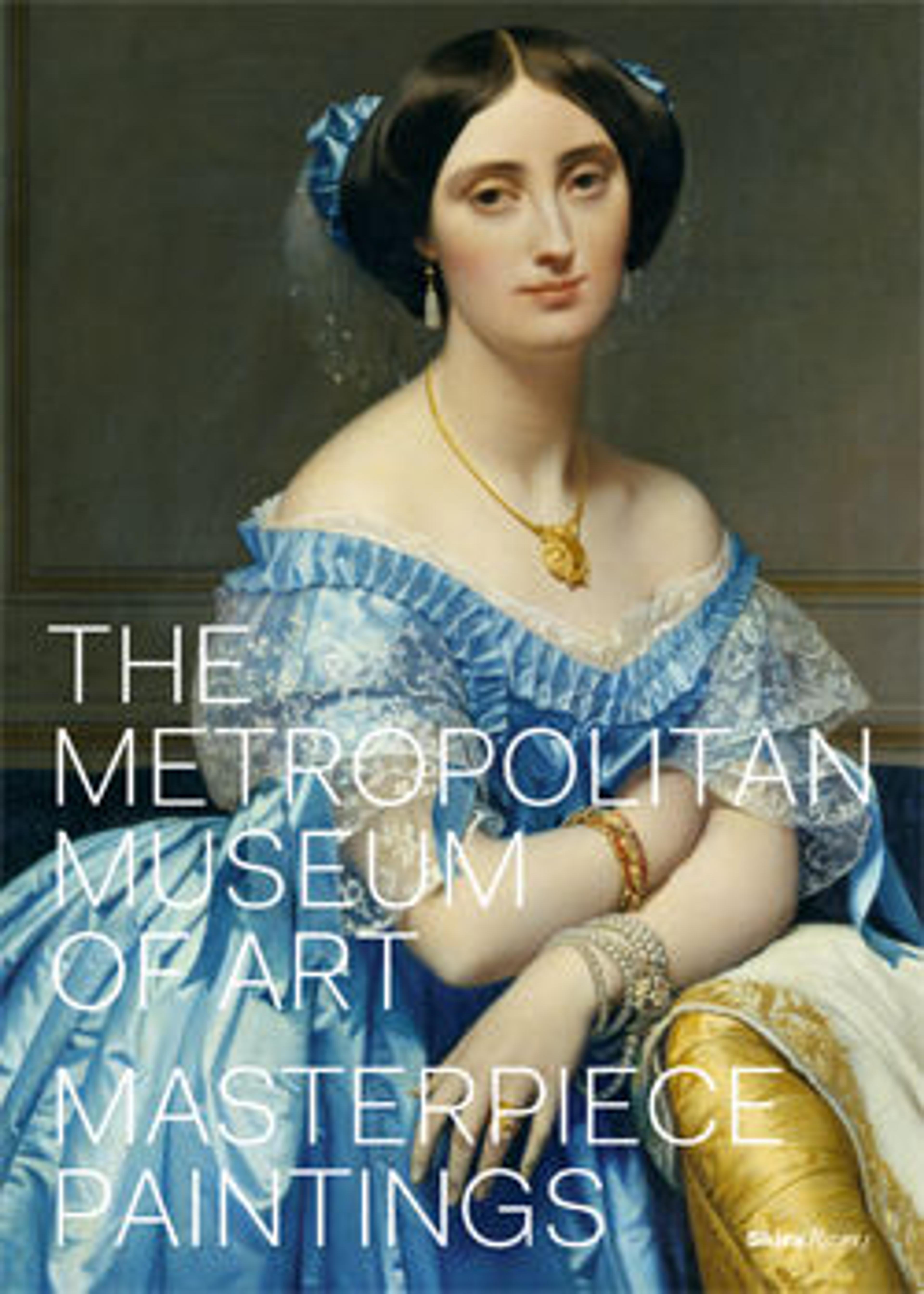"The Funeral of Isfandiyar," Folio from a Shahnama (Book of Kings)
From a dispersed copy of the Ilkhanid manuscript referred to as the Great Mongol Shahnama, this folio depicts the funeral procession of the Persian hero Isfandiyar. The bier is accompanied by a group of mourners, some wailing and pulling at their hair, which is worn loose as a sign of mourning. The painting technique, with its strong linear quality and thin washes of color, recalls contemporary Chinese brush painting.
Artwork Details
- Title: "The Funeral of Isfandiyar," Folio from a Shahnama (Book of Kings)
- Author: Abu'l Qasim Firdausi (Iranian, Paj ca. 940/41–1020 Tus)
- Date: 1330s
- Geography: Attributed to Iran, Tabriz
- Medium: Ink, opaque watercolor, and gold on paper
- Dimensions: Page: Ht. 22 13/16 in. (58 cm)
W. 15 3/4 in. (40 cm)
Mat: Ht. 24 in. (61 cm)
W. 19 1/2 in. (49.5 cm) - Classification: Faience-Cylinder Seals
- Credit Line: Purchase, Joseph Pulitzer Bequest, 1933
- Object Number: 33.70
- Curatorial Department: Islamic Art
Audio
6702. Overview: Earliest Persian Illustrated Manuscripts, Part 1
0:00
0:00
We're sorry, the transcript for this audio track is not available at this time. Please email info@metmuseum.org to request a transcript for this track.
Listen to more about this artwork
More Artwork
Research Resources
The Met provides unparalleled resources for research and welcomes an international community of students and scholars. The Met's Open Access API is where creators and researchers can connect to the The Met collection. Open Access data and public domain images are available for unrestricted commercial and noncommercial use without permission or fee.
To request images under copyright and other restrictions, please use this Image Request form.
Feedback
We continue to research and examine historical and cultural context for objects in The Met collection. If you have comments or questions about this object record, please contact us using the form below. The Museum looks forward to receiving your comments.
